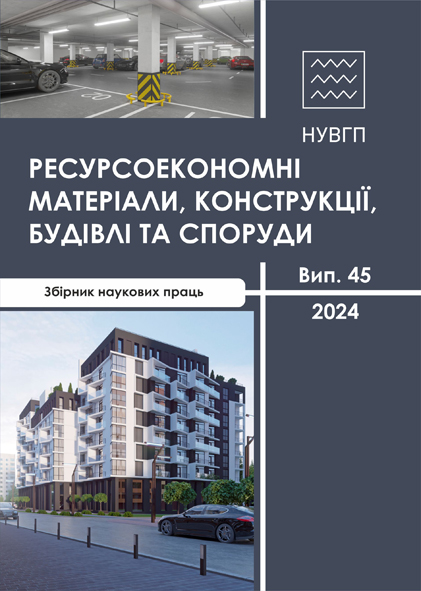RESEARCH OF THE DEPTH OF ENGINEERING AND GEOLOGICAL EXPLORATION DURING THE CONSTRUCTION OF TRANSPORT BUILDINGS
DOI:
https://doi.org/10.31713/budres.v0i45.33Abstract
A comparison of the reliability of mathematical modelling results of the heat treatment plate systems by moving heating sources is made. An approach to determining the amount of thermal energy redistributed in the welding plate due to local thermal effects is proposed. Increasing requirements for the strength and durability of the relevant nodes and elements of welded structures, as well as the problem of saving metal and energy in the context of the transition to resource- and energy-saving technologies, determines the urgency of the task of determining the optimal parameters of low-temperature processing technology using moving sources and heat sinks. The continuous increase in the volume of welding work in industry and construction is inextricably linked with the development of ways to minimize residual stresses and deformations and their harmful effects on the quality and performance of welded structures. The analysis of known literary sources indicates insufficient study of the process of heat treatment using moving zones of heating and accompanying cooling and taking into account elastic-plastic deformations, since this is associated with great difficulties of a mathematical nature associated with the mobility of thermal effects, the emergence of purely elastic zones , elastic-plastic and purely plastic deformations.
The possibility of solving such problems is performed by numerical methods, namely: the method of finite differences, the method of finite elements, and the method of boundary integral equations. Analytical methods that make it possible to construct solutions of such problems in a closed form can be used in calculations only under the condition of significant simplifications of the description of the deformation process, which introduces errors in establishing the real picture of the development of elastic-plastic deformations.

